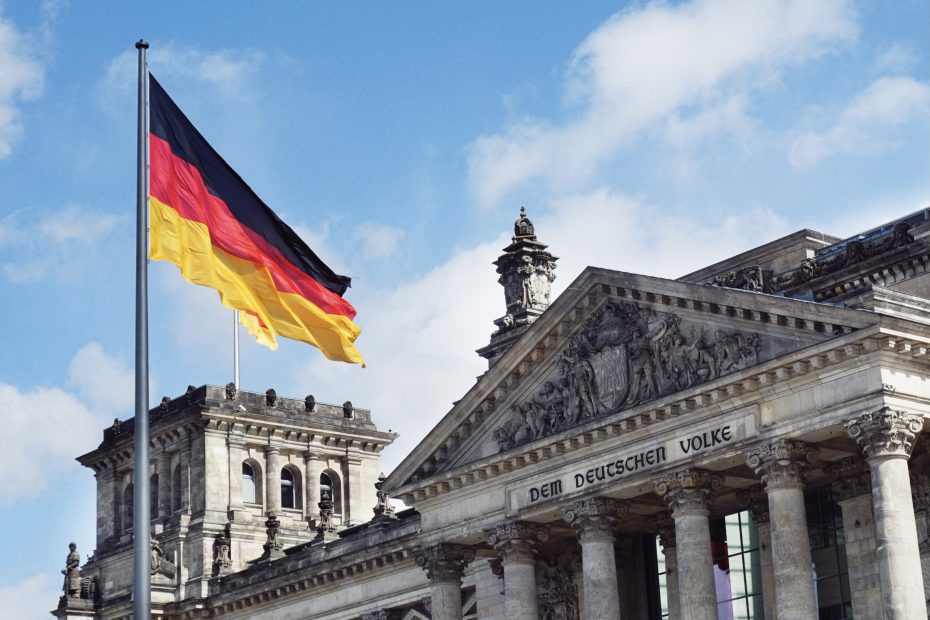Table of Contents
Introduction to Germany’s Diverse Regions and Cultures
Germany is a country of many faces. While it may be famous for beer halls and bratwurst, there is so much more to discover in this diverse European nation. From the fairy tale castles of Bavaria to the cutting-edge art scene of Berlin, Germany offers a vibrant mix of traditions and modern cosmopolitan flair. Join me on a journey from the foothills of the Alps to the urban energy of the capital as we explore some of the best Germany has to offer!
Exploring Bavaria and its Traditions
Our journey begins in Bavaria, the largest state in southern Germany. With its rolling green hills, crystalline lakes, and quaint villages, Bavaria conjures images of old-world charm and traditions.
Munich and Oktoberfest
Munich, Bavaria’s capital, perfectly blends classic and contemporary. The city’s centerpiece is Marienplatz, a bustling square lined with shops and cafés. Don’t miss the Rathaus’s famous glockenspiel show. Of course, no trip to Munich is complete without raising a stein at Oktoberfest, the world’s largest beer festival full of oompah bands, lederhosen, and rows upon rows of tents filled with revelers!
Neuschwanstein Castle and Fairytale Lands
Escape the crowds by heading just outside Munich to tour the jaw-dropping Neuschwanstein Castle. Set against the Bavarian Alps, this architectural marvel looks as though it’s straight from a fairytale! Keep soaking in the storybook scenery by exploring charming towns like Rothenburg ob der Tauber, with its turrets and towers enclosed by ancient walls.
Small Towns and Villages
Venturing further into the Bavarian countryside, you’ll find endless small towns and hillside villages that seem frozen in time. Stop for some apple strudel in a cozy café, admire the painted houses, and try your hand at schuhplattler, the traditional folk dance! Don’t forget to sample Bavaria’s food and drink specialties like spätzle, weisswurst, and beer brewed according to Germany’s strict purity laws.
Onwards to Berlin and its Cosmopolitan Vibe
After experiencing Bavaria’s idyllic charms, we head north to the dynamic capital of Berlin. With its blend of glitzy new architecture, a world-class arts scene, and haunting reminders of its complicated 20th-century history, Berlin perfectly captures Germany’s mix of past and present.
Historical Sites like Brandenburg Gate
Many of Berlin’s historical landmarks are etched in memory around the world. The iconic 18th-century Brandenburg Gate is a symbol of the city’s turbulent past. Checkpoint Charlie and remnants of the notorious Berlin Wall offer chilling reminders of the Cold War era when the city was divided. Yet Berlin has emerged as a thriving, cosmopolitan capital while still honoring its history.
Diverse Neighborhoods
Berlin’s neighborhoods each have their own flair. Shop for vintage wares in hipster Kreuzberg, take in avant-garde art in Prenzlauer Berg, or dance until sunrise in anything-goes Friedrichshain. Stroll grand Unter den Linden boulevard to experience the city’s regal past. Berlin has room for everyone with over 180 nationalities represented!
Arts and Culture Scene
Art aficionados flock to Berlin for its staggering array of museums and galleries, from Old Masters at Gemäldegalerie to contemporary works at Hamburger Bahnhof. Cutting-edge bands and DJs rock the city’s infamous nightclubs. Will you join revelers partying from Friday night to Monday morning straight? In this creative hotspot, nothing is off limits!
Cuisine – From Wurst to Currywurst
German food is so much more than just bratwurst and giant pretzels. While wurst, schnitzel, and spätzle are classic dishes found across the country, regional specialties abound. In Berlin, try currywurst, a cult favorite of sausage smothered in spicy tomato sauce and curry powder. Or sample a Berliner Weisse, the city’s tart, refreshing beer often flavored with sweet woodruff or raspberry syrup. Don’t leave Germany without trying Black Forest cake!
The German Language
While many Germans do speak excellent English, learning a few key phrases in the local language will serve you well on your journey. From grüß Gott in Bavaria to guten tag in Berlin, a simple greeting will take you far. Danke (thank you) and bitte (please) are also helpful basics, as is Das ist lecker! (That is delicious!) for mealtimes. With over 300 varieties of bread to try, you’ll want to know the word brot. Prost! (Cheers!) is perfect for toasting new friends with a pint of German beer.
Conclusion: Germany’s Blend of Old and New
From fairy tale castles to vibrant nightlife, Germany captivates with its fusion of tradition and innovation. By exploring the culture, cuisine, and cosmopolitan attractions from Bavaria to Berlin, you’ll experience the diversity of this dynamic country. As you journey through charming towns seemingly frozen in time and hip urban centers on the cutting edge, you’ll discover Germany’s unique rhythm where old world sentiment and new world energy exist in perfect harmony.
FAQs
What is Oktoberfest?
Oktoberfest is the world’s largest beer festival held annually in Munich, Germany. The 16-day festival features beer tents, carnival rides, traditional Bavarian music and food, costumed locals, and millions of visitors partaking in beer drinking.
What is Black Forest cake?
Black Forest cake is a famous German chocolate cake layered with whipped cream and cherry syrup. It originated in the Black Forest region and gets its name from the specialty dark cherries that flavor the cake.
What was Checkpoint Charlie?
Checkpoint Charlie was the most well-known crossing point between East Berlin and West Berlin during the Cold War era when the city was divided. It was a symbol of the separation between communist East Germany and democratic West Germany.
What is currywurst?
Currywurst is a popular German street food dish of pork sausage cut into slices and topped with ketchup mixed with curry powder. It was created in Berlin after World War 2 and has become a cult favorite.
What language do most Germans speak?
The official language of Germany is Standard German. Many Germans also speak English as a second language. There are also minority regional languages including Bavarian, Saxon, Frisian, and Sorbian.
